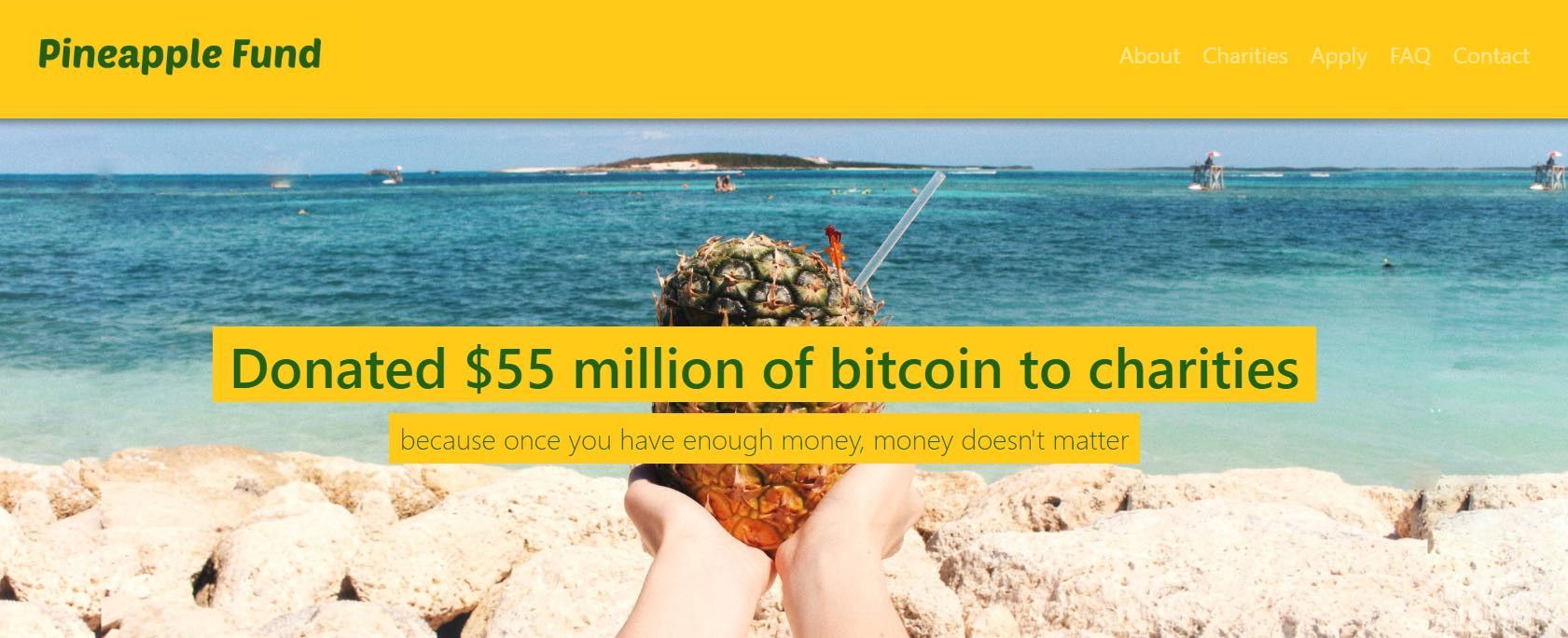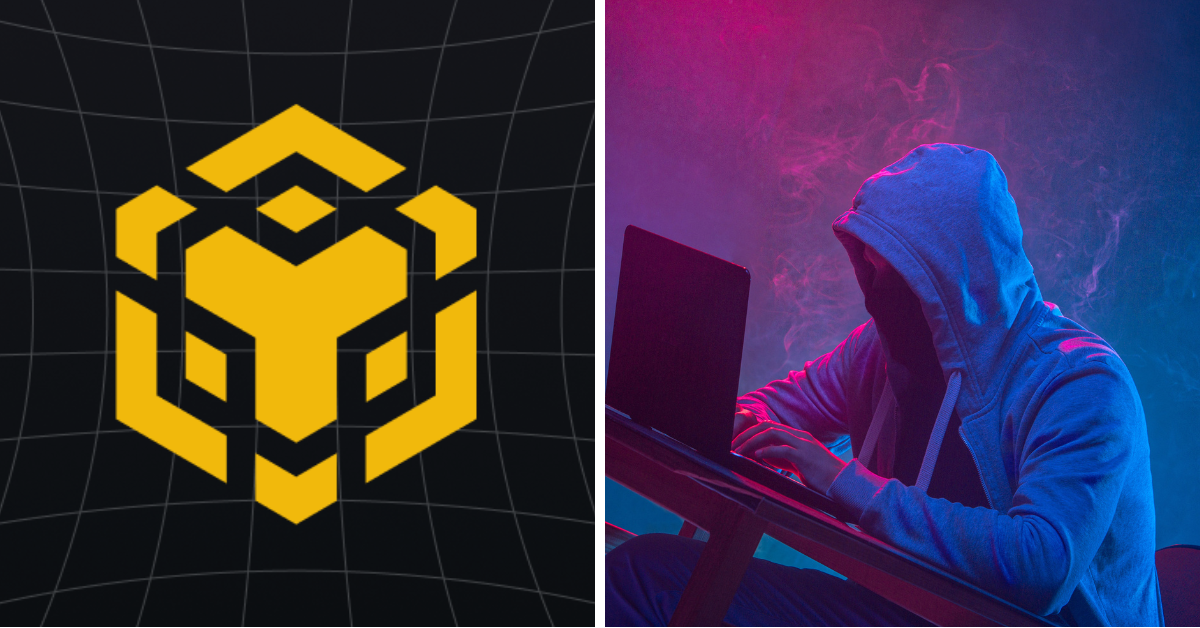Trust crisis for charity projects, but only blockchain can solve it?
Original: Luo Zi
Just recently, the relief scope of the China Children and Teenagers Fund's "Spring Buds, One Gang, One School" project was not well-known. Many of the funds that should have been used to help poor girls were donated to boys.
The project was established because the concept of patriarchy in poor areas is serious, and local girls do not receive investment from their families in education. Therefore, this fund is dedicated to supporting girls.
01 It is not easy to spend money for charity donations, there should be no flexible space

The opacity of charitable donations has been a problem that has been criticized. A few years ago, the "Guo Meimei Incident" that caused a sensation throughout the country (in 2011, the 20-year-old Internet celebrity Guo Meimei showed off her wealth on the Weibo as "Commercial General Manager of the Red Cross") made many people charitable Institutions have come up with opinions.
If the charity money is not going to the people who really need it, then many people who donate to the project will feel cheated. No one's money is brought by the wind, and no one's love can be changed at will. In order to avoid this situation, more and more people will simply ignore the opportunity to give love again and again. For example, when we walk through a busy neighborhood and see disabled people begging on the roadside, how many people look squarely?
Not only will the society as a whole lose trust in charities or even charity, but the black-box operation will make those who really need help do not get the help they deserve.
Therefore, in the field of philanthropy, it is the accountability of everyone to make a special fund. As a charity, the most important thing is to keep the donation process open, transparent, and legally compliant, not to change procedures or even misappropriate funds without authorization. This will cause great damage to your own reputation and make social trust vulnerable.
02 To ensure the accurate use of funds, what can the blockchain do?

To ensure the accurate use of charity funds, the most important thing is to create an open and transparent system that can self-certify and be innocent, and blockchain technology can be a good enabler for charity.
The blockchain network is protected by cryptographic technology and maintained by a large number of nodes. This architecture allows peer-to-peer transactions to be conducted in a trustless environment, that is, users do not need to trust each other, because all participating nodes need to follow the same pre-defined rules.
The essence of the blockchain is a distributed ledger . Such a distributed ledger is not only stored in any single data center or server, but is spread across all nodes, so it has the characteristics of tamper resistance.
In addition, the technical characteristics of the blockchain determine that the data on the chain must be open and transparent. All donation data are chained so that each payment can be traced back. Institutions and personnel involved in intermediate links cannot do evil. Anyone can easily query it, which greatly reduces the cost of trust.
As long as you make a donation, its whereabouts can be checked on the chain. Formerly a trust agency intermediary, there is no need to trust any third parties. Blockchain directly establishes trust between donors, recipients and other stakeholders, and improves management costs and efficiency.
03Blockchain + Charity Landing Case

In recent years, blockchain has been used in many fields in charity.
First, there are many charities and donors who donate through cryptocurrencies using blockchain technology. For example, in 2017, an anonymous person established a charity fund called Pineapple, which donated around $ 55 million in BTC to numerous charities across the globe.
In the same year, Fidelity Charitage, a world-renowned charity, also received cryptocurrency equivalent to $ 69 million.

However, due to the high volatility of its price, ordinary cryptocurrencies will cause unnecessary trouble for all parties. Imagine that if you donate 1 bitcoin to a poor child, the bitcoin price was $ 10,000 at that time, and when the child receives the 1 bitcoin, the bitcoin price becomes $ 7,000, which may Bring a certain psychological gap to donors and recipients. The legal digital currency endorsed by fiat currency can well avoid this problem.
In Scotland, for example, a proposal for the legal digital currency Scotcoin has been submitted to the local council. Soctcoin co-founder David Low has stated his intention to use this cryptocurrency to tackle poverty in Scotland and raise funds for charity.
He hopes to donate 10,000 pounds of Scotcoin to young people under 25 in Scotland. If the government rejects the proposal, David Low plans to set up a cryptocurrency fund to use Scotcoin to tackle poverty and invest in charity.
In addition to using cryptocurrencies for donations, digital identities using blockchain technology can also help charity.
The United Nations World Food Program is working with industry partners to develop a "Building Blocks" blockchain project designed to allow Syrian refugees to receive assistance such as donations and food supplies through the blockchain digital identity system.
Syrian refugees can transact through digital wallets that record their digital identities and transaction records. Through blockchain technology, refugees 'information cannot be forged, ensuring that good money can be given to the right people, and cryptography-enabled encryption technology can also protect refugees' privacy.
In addition, in Tanzania, Africa, there is a project that combines the digital identity of the blockchain with the delivery of mothers. Every pregnant woman will be given a digital identity, which can be used to track the pregnancy status of pregnant women. From the registration to the appointment of the hospital to the final production, the relevant data will be recorded on the blockchain. During the entire process, pregnant women can enjoy the corresponding drugs and postnatal services.
04 Summary
Blockchain + charity is still an emerging method of donation. However, with the increasing popularity of blockchain technology, blockchain will be applied by more and more charities and donors. However, there is still a long way to go before it can be implemented on a large scale globally.
Although there are still not many charitable organizations that have adopted cryptocurrency as a donation method or integrated blockchain technology into the donation process, the growth rate is very fast.
Blockchain technology can improve the efficiency and transparency of the philanthropy field. When philanthropy does not have a black box operation, when people have no doubts and suspicions about charity organizations, everyone can give a love and create a better society.
Message mining : In addition to the charity field, which industry do you most hope that blockchain technology can help? why? Welcome to share your views in the message area.
——End——
"Disclaimer : This article is the author's independent opinion, does not represent the vernacular blockchain position, nor does it constitute any investment opinions or suggestions. The copyright of the article and the final interpretation right belong to the vernacular blockchain. A
We will continue to update Blocking; if you have any questions or suggestions, please contact us!
Was this article helpful?
93 out of 132 found this helpful
Related articles
- The road to low-defense DeFi: how to achieve it? Let's take a look at these four options
- DeFi's windfall, ConsenSys researchers find that DeFi is driving Ethereum decentralization
- Nine developments, based on the performance of Lightning Network in a year, can you submit satisfactory answers?
- Industry Blockchain Weekly News 丨 Leaders in many places support the blockchain, the party secretary of Shanghai
- What the turbulence of the currency market means for cryptocurrencies
- Zero-knowledge proof study notes: background and origin
- Can Ethereum survive without monetary policy?





